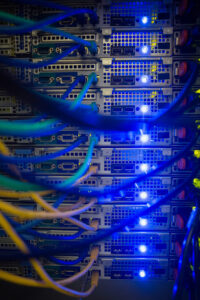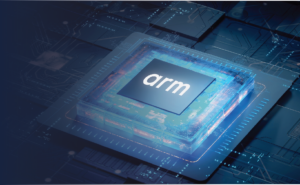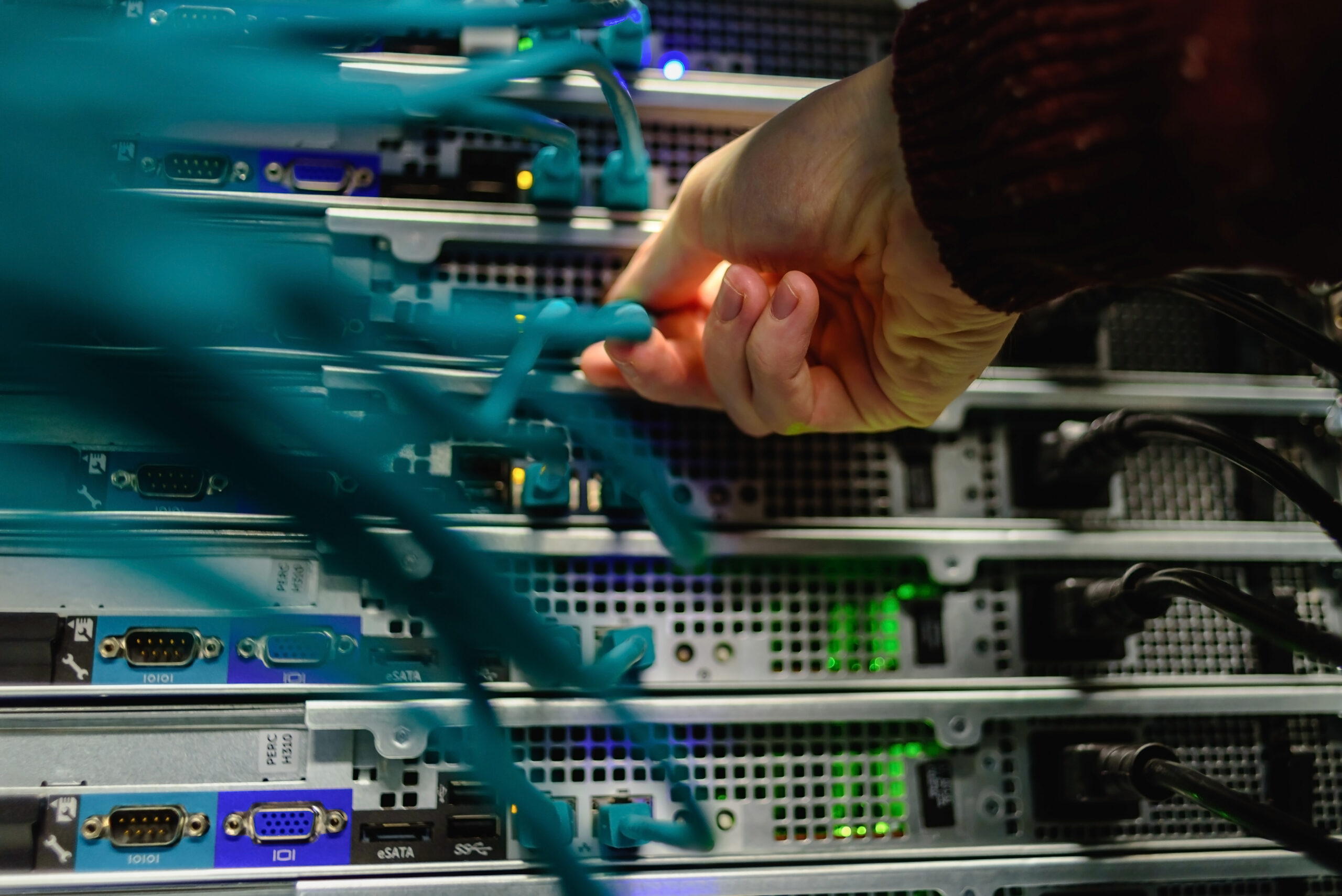
Rami Radi
Sr. Product Manager and Solution Architect
As data centers evolve, server firmware management has become increasingly critical. The global data center infrastructure management market is projected to reach $591.7 billion by 2028 [1], reflecting the industry’s push for tools that enhance efficiency and reduce costs. While many solutions excel at data center asset and capacity management, they often lack the ability to manage individual devices, particularly their firmware, which is pivotal in ensuring performance, security, and reliability.
The Importance of Consistent Firmware Management
Device manufacturers release firmware updates to resolve critical issues or improve performance. However, staggered device purchases often lead to different firmware versions across otherwise identical hardware, causing significant inconsistencies and issues [2]. Without a proper holistic solution, data center managers must manually track and update device firmware, a time-consuming process that increases downtime and operational costs and typically requires expensive tools from different vendors.
Streamlining Firmware Management
AMI is a leader in semiconductor software with a majority market share of server BMC firmware and BIOS globally and has been developing Data Center Manager (DCM) – a holistic data center management solution that supports servers, power, storage, networking, and cooling devices. AMI DCM is vendor and CPU architecture-agnostic, providing powerful firmware management capabilities across heterogeneous environments. Its advanced features make it essential for maintaining consistency and ensuring reliable data center operations.
Key capabilities of AMI DCM include:
- Firmware version distribution and outlier detection: AMI DCM enables administrators to view firmware version distributions for servers and devices of the same model, quickly identifying outlier systems with different firmware versions. This ensures firmware consistency across your infrastructure, reducing the likelihood of performance or security issues due to mismatched versions.
- Component-level firmware management: AMI DCM goes beyond the server level, allowing administrators to manage firmware for network cards, storage controllers, power supplies, and other components. By consolidating firmware management for all devices, AMI DCM provides a holistic view of your data center’s health and status.
- Redfish-based firmware updates: AMI DCM leverages the Redfish protocol for seamless, agentless firmware updates. Administrators can schedule updates or apply them in real-time across multiple servers and devices of the same model, ensuring minimal downtime.
- Batch updates and scheduling: With AMI DCM, firmware updates can be scheduled for large groups of servers or specific components, such as network cards and BIOS. By allowing updates to be performed at predefined times, AMI DCM minimizes operational disruptions while keeping systems secure and up to date.
- Multi-component and Multi-vendor Support: AMI DCM is designed to manage firmware across a variety of server components and devices, regardless of vendor or platform. Its vendor-neutral architecture ensures it can handle heterogeneous environments, making it ideal for modern data centers that rely on equipment from multiple suppliers.
Addressing the Firmware Conundrum
By centralizing and automating firmware management, AMI DCM eliminates the complexities of manual tracking and updates, enabling IT administrators to maintain consistent firmware versions across all devices. The tool’s powerful features not only improve security and performance but also minimize downtime by allowing batch and scheduled updates. Because AMI DCM’s firmware management is done out-of-band, administrators can check firmware versions and perform updates without needing physical access to servers or installing anything on their operating systems. This feature is particularly useful in distributed environments where accessing systems directly is difficult or impractical.
Conclusion
Maintaining consistent firmware across data center environments is a crucial, yet often overlooked task. With AMI DCM, data center managers can streamline the process of managing server and device firmware, ensuring that systems remain secure, reliable, and efficient. AMI DCM’s comprehensive capabilities, vendor neutrality, and support for multi-component environments make it a critical tool for reducing downtime and improving operational efficiency. For more information about AMI DCM, download the brochure and schedule a demo today!






